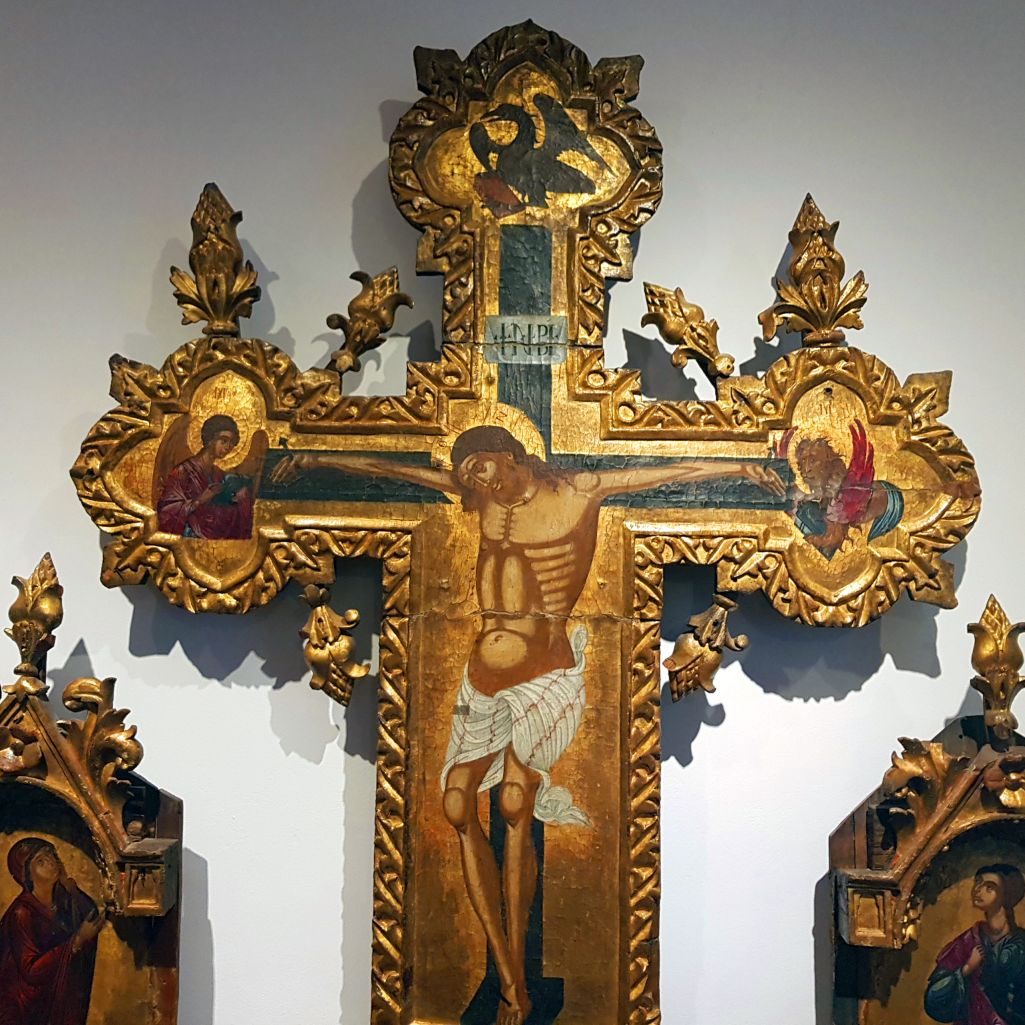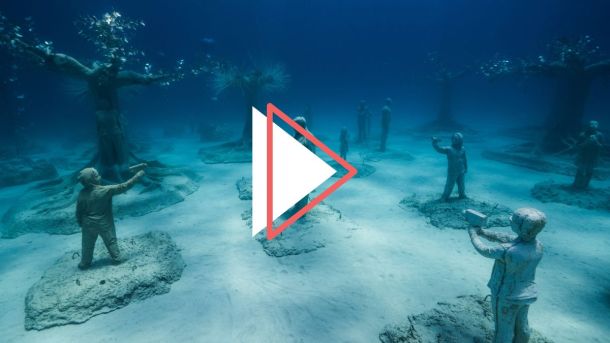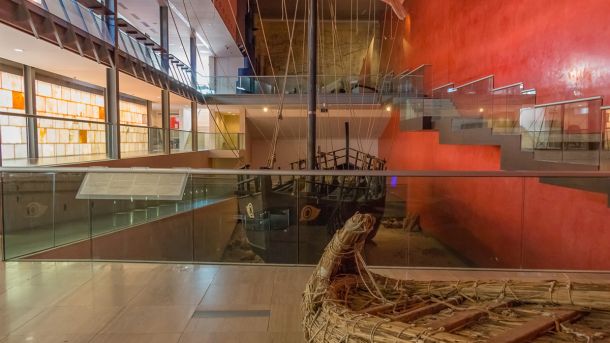MUSAN
MUSAN is an underwater forest, the first of its kind in the world. Consisting of over 93 artworks some of which are in the form of trees, others which are figurative in nature. The artworks, in particular those which represent trees, are designed to attract marine life on a large scale and as such will develop organically. These installations will be placed at various depths from the sea floor to its surface and will be laid out to resemble a path through a dense underwater forest. Some of the tree forms will float just beneath the surface so that the whole structure provides a complex environment for marine life at all levels.
Marine life in the Mediterranean Sea has been seriously depleted over the last 20 years. The area in which the museum will be sited is currently a barren stretch of sand within a marine protected area. The sculptural forest made from inert pH neutral materials will attract a wide variety of marine flora and fauna. It will be sited within 200m of the Aiya Napa coastline and be accessible to both divers and snorkellers.
Among the sculpted trees children can be seen playing. They remind us of our need for the natural world as a place to explore, discover and fire our imaginations. Over the last 50 years children have become more excluded from the wild places that once existed. The forest children, camera in hand as they play hide-and-seek in the woods, point their lenses at the human race. They hope for a future in which the mystery and magic of nature will return. The need to re-wild our oceans is as pressing as the need to re-establish our connection to the natural world.
All of de Caires Taylor’s works are part of an eco-art movement in which the artwork interacts with its surroundings and evolves in unpredictable ways. There is no final product, but an ever-changing seascape. Eventually the work of nature will supplant the work of the artist. The sculpted trees and the children that play amongst them will be consumed and colonised by marine biomass, providing food and shelter for a variety of creatures but importably reminding us that we are natural ourselves.

Ecclesiastical Musem

Ethnographic Musem Pierides Fountation
This impressive farmhouse, built of stone, is one of the few houses in the area with outer coating. The Avgorou Community Council bought all of the construction, as well as a part of the plot including the stockyard, the water reservoir, the wheel-well and the courtyard. With the co-operation of the Pierides Foundation the house has been renovated and is now functioning as the Avgorou – Pierides Foundation Folk Art Museum, aspiring to bring to the community an invaluable example of the Folk Art tradition of the area.
The Museum hosts the kind donations of Folk Art items from the personal collections of several of the Avgorou residents, as well as the important Folk Art collection of the Pierides Foundation. This includes amongst others rare 19th century wood-carved furniture, priceless traditional textiles and embroideries of the 18th – 19th century, costumes, silverware and pottery, a collection of nine paintings by the great Cypriot folk artist Michael Kassialos, as well as many other traditional utensils and tools. The collection – an invaluable tool for the studying of the different expressions of Cyprus Folk Art – and the family inheritance of the Pierides Foundation add up to the completed picture of a rich, urban household equipment of the last centuries. Moreover, the visitor of the museum has the opportunity to see the cultural and commercial relations of those years between Cyprus and the West, the East, and especially the relations of the island with the rest of the Greek islands.





